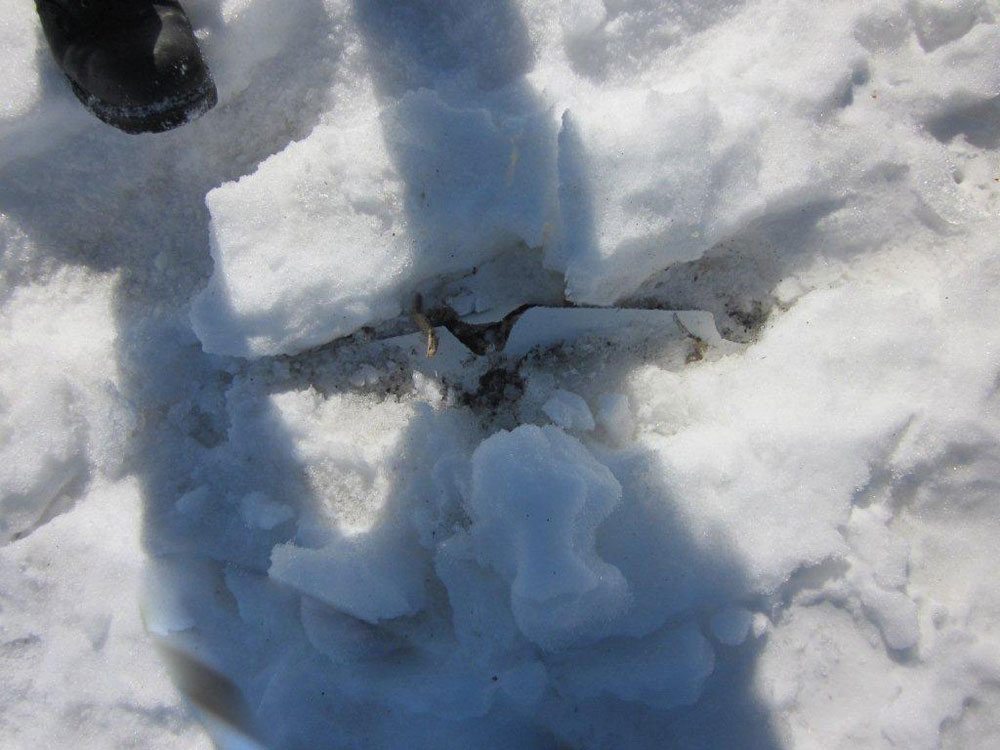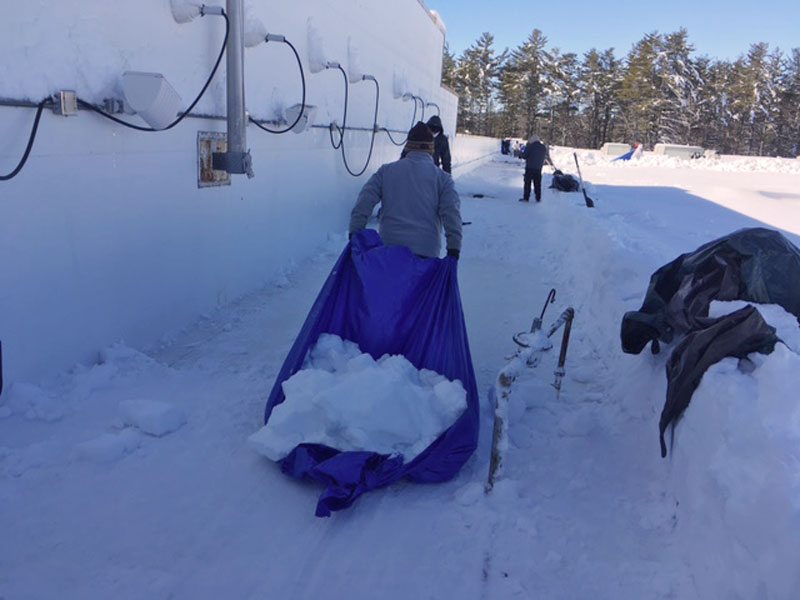
Heavy snows, cold temperatures, and other winter effects send most facility managers indoors to focus on maintaining a comfortable interior climate. However, snow, ice and thermal shock cannot be ignored. Commercial buildings with flat roofs are at increased risk because of their wide spans and their low-slopes. Those two factors can prohibit snow to slide off or melt with ease.
The Freeze/Thaw Cycle
The last thing you want is to form a bucket brigade inside your building after a winter storm. Even though today’s commercial roofing systems are better than ever at defending against Old Man Winter’s onslaughts, snow and ice, accompanied by partial thawing and refreezing, can wreak havoc on a roof, especially if the roof is nearing the end of its serviceable life. While ice is a formidable enemy anywhere on the roof, areas of special concern include drains, downspouts, tie-ins, flashings, seams and areas where snow drifts accumulate. With repeated thaw/refreeze cycles, the risk of damage to the roof increases. When water seeps into a crack and freezes, it expands the crack, leading to leaks.
Heavy Snows

In areas that receive considerable snowfall, commercial roofs are built to withstand additional weight, but heavy snows can still present a danger. While fresh snow can add up to 20 pounds of weight per cubic foot, if the snow partially thaws and refreezes, the weight can increase to as much as 60 pounds per cubic foot. Because moisture levels vary significantly, you can’t judge snow weight by the depth of the snow. Signs that heavy snows have exceeded your roof’s safe snow load include loud popping noises, bends in metal supports, cracked wooden supports, sagging purlins or other notable deformities.
Thermal Shock
Some types of roofing systems are prone to damage from repeated temperature extremes. Thermal shock occurs when daytime highs warm the roof’s surface, followed by nighttime temperatures that dip below freezing. Older roof membranes, like old rubber bands, eventually lose their tensile strength and their ability to expand and contract without deterioration.
Best Practice
In addition to snow removal, you’ll get the longest life out of your roof by having a commercial roofing contractor conduct regular inspections, making repairs and scheduling routine maintenance. No roof is going to last forever, but, with professional care, many roofs can outlast their original manufacturer warranties. Our roof technicians can analyze your roof’s cold-weather risk and formulate a plan that will extend the life of your roof.
